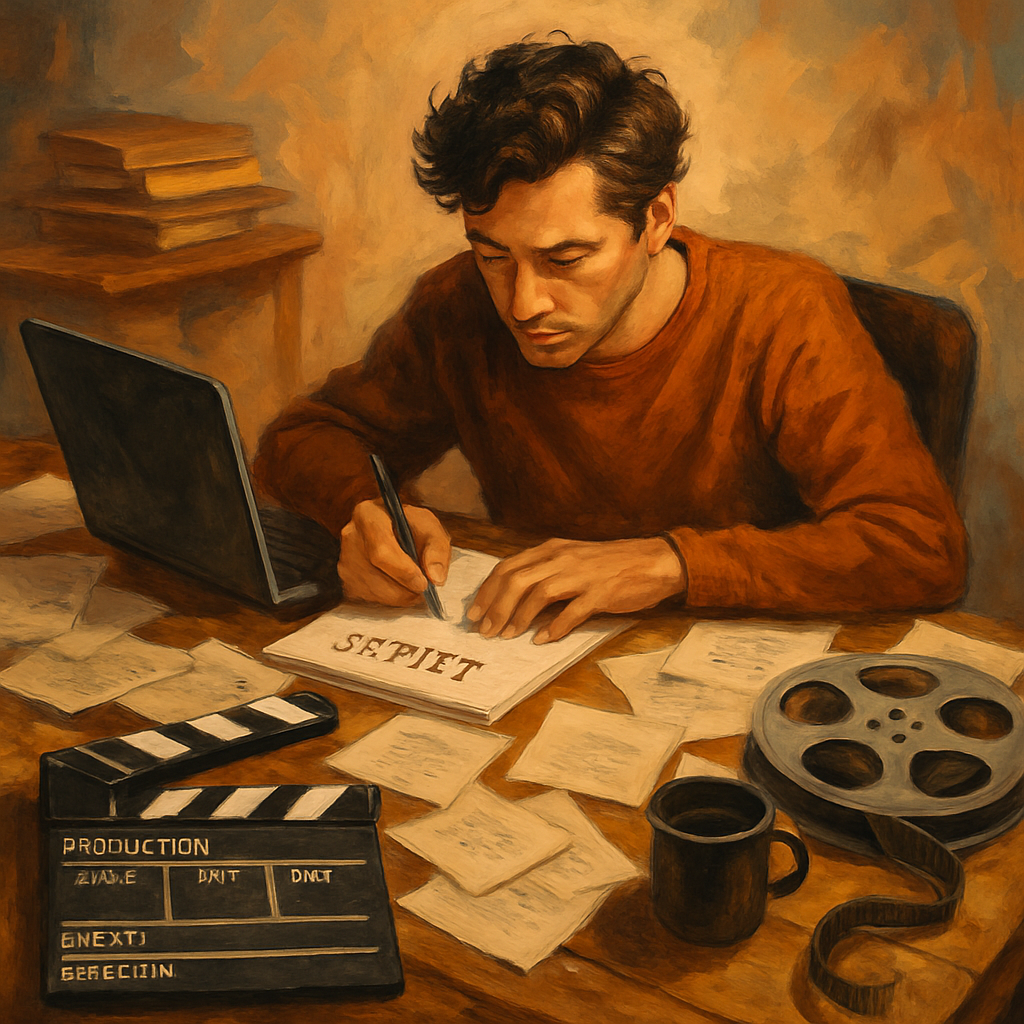Step by Step Process to Learn Method Acting by Stanislavski

Konstantin Stanislavski’s system, often called the foundation of modern acting, focuses on psychological realism through internal exploration, emotional authenticity, and the “art of experiencing” to create believable characters. Step by step process to learn method acting by Stanislavski will mesmerize the students for sure.
It emphasizes techniques like emotional memory, objectives, and the “magic if” to help actors live truthfully in imaginary circumstances. This structured process builds skills progressively, starting with theory and moving to practical application. Practice regularly, ideally in a class or with feedback, for best results.
Step 1: Build Foundational Knowledge
Begin by studying Stanislavski’s core principles to understand his emphasis on internal motivation and realistic behavior. Read key texts like An Actor Prepares and Building a Character to learn concepts such as emotional memory (recalling personal experiences to evoke genuine feelings) and the “magic if” (imagining yourself in the character’s situation). Dedicate 1-2 weeks to note-taking on how these ideas contrast with representation-style acting, focusing on experiencing the role rather than imitating it. This theoretical foundation is essential before diving into exercises.
Step 2: Master Relaxation and Concentration
Stanislavski stressed a relaxed body and focused mind to access authentic emotions without tension. Practice relaxation techniques, such as progressive muscle tensing and releasing, to eliminate physical barriers. Follow with concentration exercises, like observing everyday objects or people to heighten awareness and block distractions. Spend 15-20 minutes daily for a week on these drills, as they build the mental clarity needed for deeper character work.
Step 3: Understand Given Circumstances and the Magic If
Analyze the script’s context by identifying the “given circumstances”—the who, what, where, when, and why of the scene, including environment, relationships, and historical setting. Apply the “magic if” by asking, “What would I do if I were in this situation?” to spark imagination and bridge your experiences to the character’s. Practice with simple scenarios for 1-2 weeks, journaling how these elements influence potential actions and emotions.
Step 4: Break Down Objectives Using the Seven Questions
Dive into Stanislavski’s seven key questions to develop character depth and motivation:
- Who am I? (Define background, personality, and traits.)
- Where am I? (Consider the environment’s impact on behavior.)
- What time is it? (Account for era, season, or moment.)
- What do I want? (Identify objectives or tasks—the character’s goals in the scene.)
- Why do I want it? (Explore motivations and stakes.)
- How will I get it? (Determine actions, tactics, and physical movements.)
- What must I overcome? (Pinpoint internal and external obstacles.)
Apply this to a monologue or short scene, breaking it into “bits” or beats where objectives shift. Practice for 2-3 weeks, focusing on how each question drives truthful action.
Step 5: Incorporate Emotional Memory and Tempo-Rhythm
Use emotional memory sparingly by recalling personal experiences to fuel genuine reactions, ensuring it’s imaginative rather than traumatic. Combine with tempo-rhythm exercises, adjusting the pace and flow of movements to match the scene’s emotional intensity. Rehearse scenes daily for 2 weeks, recording yourself to check if emotions feel organic and rhythms enhance the mood.
Step 6: Integrate Method of Physical Actions and Improvise
Shift to Stanislavski’s later “method of physical actions,” emphasizing improvisation through active doing rather than just discussion. Improvise sequences of tasks based on objectives, allowing physical actions to reveal inner motives. Work on full scenes for 2-3 weeks, blending internal preparation with spontaneous responses to partners or circumstances.
Step 7: Apply to Performances and Refine
Select a complete scene or play excerpt and perform it, integrating all techniques for a cohesive “through line of action” (consistent progression of objectives). Record and analyze for authenticity: Did objectives drive believable behavior? Seek feedback from a coach to address weaknesses, such as overthinking or tension. Practice for 3-4 weeks, iterating to build confidence.
Step 8: Commit to Ongoing Study and Ethical Practice
Stanislavski’s system is lifelong; join workshops or classes with experienced instructors to advance skills like subtext (unspoken thoughts) and observation. Prioritize mental health by balancing emotional recall with imagination, avoiding personal strain. Apply to auditions or productions, revisiting basics regularly to maintain psychological depth and realism.


0 टिप्पणियाँ